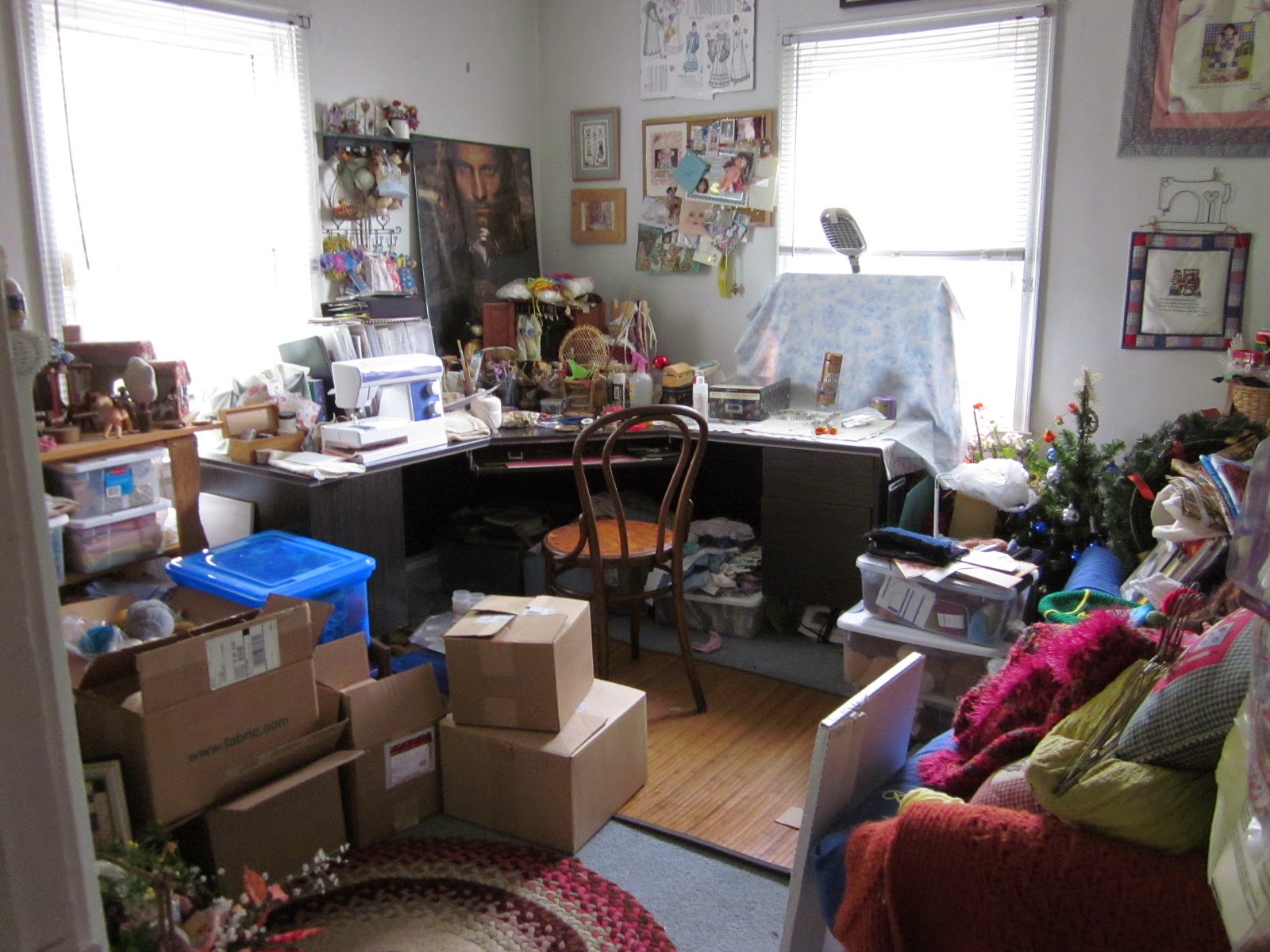Many techniques used in cloth doll making work quite well with crochet and knit. The jointed head technique used on my crochet dolls I learned from Judi Ward making her cloth Bleuette, which in turn inspired my crochet Bleuette. Using a crochet wig cap to make wigs for dolls came from the Waldorf dollmaking community. Painting eyes on felt for crochet and knit dolls from Fiona McDonald.
To knit or to crochet? Both are wonderful dollmaking mediums. A knitted doll is generally softer, cuddlier, and more rag-doll like than crochet. Crochet produces a stiffer, more rigid fabric that holds it shape on its own better than knit. Crochet stitches are more visible than knit stitches; crochet works up much faster (for me!) than knit. I love them both, and love their differences. After knitting dolls for almost a year, I'm back to crochet. If you both knit and crochet, they will keep each other ever green :-)
I have some tutorials and a pattern to share today. First is a basic camisole to fit Isabelle Kessedjian's My Crochet Doll. I use this design for all the dolls I make. It is simple, easy to fit to the doll, and can be used as a basis for dresses, romper, and t-shirts.
My Crochet Doll Camisole and Undies
This pattern has options for making rompers or a dress:
I used a different technique for making the hair on these dolls, which is a hybrid of Isabelle's instructions and the wig making I ususually use. For Simone, on the left, and for the last two dolls I've made, I used a laceweight/fingering weigh yarn to produce hair that is more, well, hairlike :-) This tutorial is in PDF format so you can download it:
Hair Making Tutorial
And finally, all of these dolls have a roving wrapped armature inside the legs/torso and arms. Roving is carded and unspun wool available in long lengths or ropes, which make it a great choice to wrap the wire armature with. It is also a lovely stuffing medium, something I learned from Gail Wilson's cloth dollmaking. It flows into the doll body very easily, packs well but doesn't distort your stitches. It warms in your hands, which is an endearing quality in any doll.
Roving wrapped armature tutorial
If you are unfamiliar with roving, here is a site where it can be purchased:
Undyed wool roving from Weir Crafts
These techniques can be used with either crochet or knit, your own or someone else's design. Mix and match patterns and techniques and make the doll of your dreams :-)


















